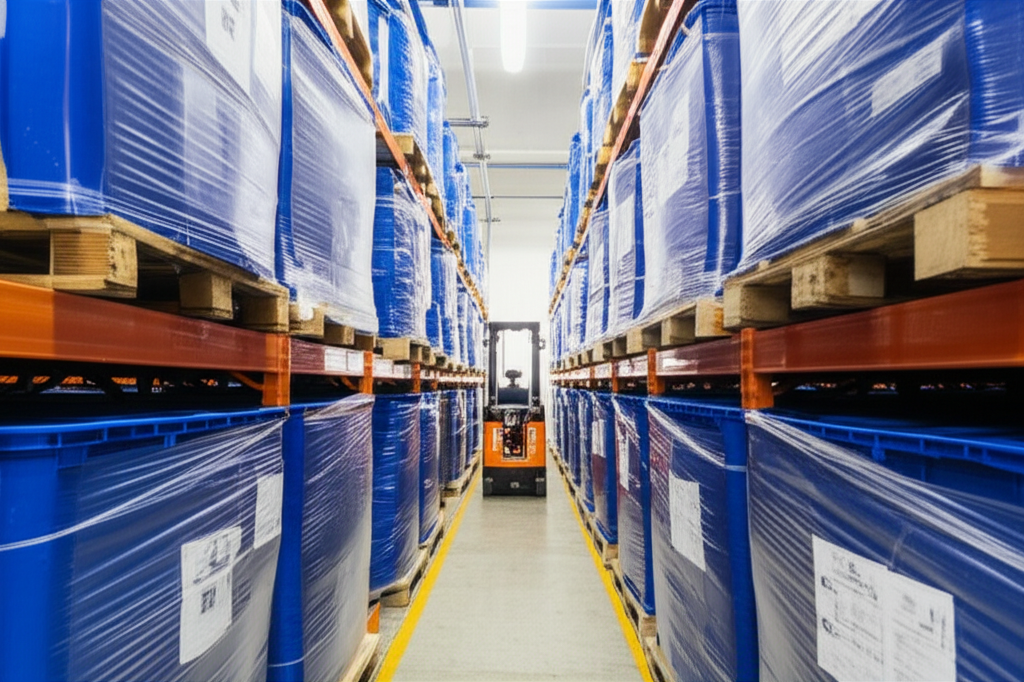A breakthrough catalytic process is transforming glyphosate manufacturing through enhanced efficiency and reduced environmental impact. This innovation employs alkyloxy metallic compounds – such as sodium methoxide, potassium methoxide – during critical depolymerization and addition reaction stages within the established glycine-dimethyl phosphite synthesis pathway, addressing core limitations of traditional methods reliant solely on triethylamine catalysis.
The patented technology fundamentally revolutionizes the initial depolymerization step. Instead requiring 30-70 minutes of 50°C heating with substantial formaldehyde off-gassing, polyformaldehyde now fully depolymerizes in under one minute at ambient temperature when catalyzed by alkyloxy metallic reagents. This rapid reaction generates highly active formaldehyde monomers, methanol, and new alkyloxy radicals. Crucially, pre-drying polyformaldehyde eliminates catalyst-degrading moisture, while supplemental alcohol ensures optimal molar ratios (formaldehyde:alcohol ≥1:2-8). Catalysts like sodium methoxide are used at minimal concentrations, typically 2-5 parts per million relative to formaldehyde.
These catalytically generated reactive species profoundly improve the subsequent glycine-formaldehyde addition reaction. They boost reaction selectivity and rate at 35-50°C, drastically suppressing wasteful side reactions that traditionally consumed ≈25% of glycine input and ≈35% of phosphorus input. Post-addition, a brief temperature spike to 55°C further optimizes intermediate formation before dimethyl phosphite introduction. The conventional condensation, hydrolysis, and crystallization steps proceed with adjusted triethylamine usage.
Industrial implementations demonstrate compelling results across multiple large-scale validation trials. Glyphosate active ingredient purity consistently exceeds 95%, with glycine-based yield surging beyond 78% — a minimum 3% absolute increase compared to baseline glycine-dimethyl phosphite processes. Combined active ingredient and mother liquor recoveries reach 82-93%, indicating significantly reduced waste generation. Economic benefits arise from higher throughput, reduced energy consumption (eliminating heating for depolymerization), lower triethylamine demand, reduced solvent loss, and diminished waste treatment costs.

The process delivers major environmental advantages alongside operational gains. The room-temperature depolymerization slashes formaldehyde vapor emissions, vastly improving workplace air quality. Minimized side reactions directly translate into less organic and inorganic pollutant load in process wastewater, lowering end-of-pipe treatment burden. Energy savings from shorter cycle times and eliminated heating steps contribute to a smaller carbon footprint per ton of glyphosate produced. This novel catalytic approach marks a pivotal advancement in sustainable, high-yield herbicide production crucial for global agriculture.
Manufacturing Facilities






Professional Export Experience
to Global Customers

1. 20 years of R&D, manufacturing and sales experience, serving customers in 60 countries and regions around the world;
2. Own R&D laboratory, pilot platform and large-scale production workshop, which can meet the audit requirements of global customers;
3. We can satisfy customers' perfect transition from small scale lab requirements (gram level) to commercialization requirements (hundred tons level).
A: We don't have Minimum Order Quantity, exact quantity should be provided before quotation for us to calculate the exact cost.
A: We don't provide free samples due to lots of request and expensive international courier's cost, we can deduct the sample charge after commercial order placed.
A: Our payment terms: Small or sample order: T/T IN ADVANCE. Commercial order: First order should be by T/T IN ADVANCE or L/C at sight, and following orders T/T 30~90days is acceptable subject to approval of credit application.